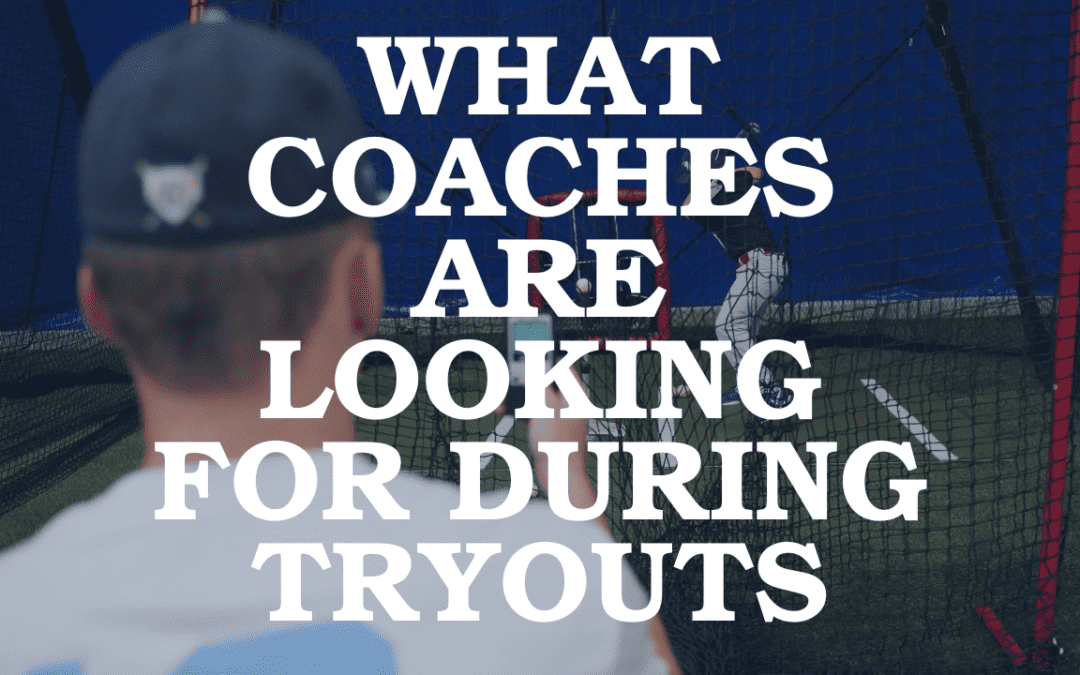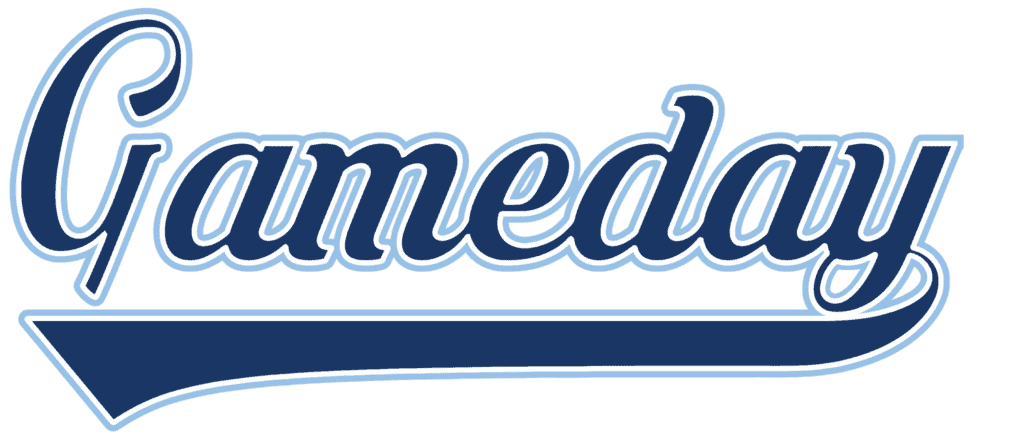Physical conditioning: Baseball is a physically demanding sport, and youth players should focus on building strength, endurance, and flexibility in the months leading up to their tryout. This can include weightlifting, running, and stretching exercises.
-
Skill development: Players should also focus on developing their specific baseball skills, such as hitting, fielding, and throwing. This can include practicing drills, taking lessons, and playing in pick-up games with other players.
-
Mental preparation: Baseball is also a mental game, and players should focus on building their mental toughness and focus. This can include visualization techniques, mental conditioning exercises, and setting performance goals.
-
Get familiar with the team’s expectations and the coaching style: Before the tryout, players should research the team and its coaches to get a sense of their expectations and coaching style. This can help players understand what types of players the team is looking for and how they can best showcase their skills during the tryout.
-
Arrive early, be punctual, and be respectful: Arrive early at the tryout and be punctual for all scheduled events. Show respect to coaches, teammates, and other players. This will make a positive impression on the coaches and demonstrate your commitment to the team.
-
Be confident and positive: Players should approach the tryout with confidence and a positive attitude. This can help players perform at their best and show coaches that they are a good fit for the team.
A question we always get is, is it important for a player to stand out by wearing brightly colored shirts and hats. It is not necessary for youth baseball players to wear bright colors to stand out during a tryout. In fact, coaches are typically more focused on a player’s skills and abilities rather than their clothing. It is more important for players to wear appropriate attire for the tryout, such as baseball pants, cleats, and a baseball cap. That being said, it’s important for players to present themselves in a professional and organized manner. If a player wants to wear bright colored clothes, it is important that they are clean, well-maintained, and appropriate for the tryout. Wearing bright colors may help players stand out, but ultimately it is their skills, attitude, and work ethic that will make the biggest impact during the tryout.
Having a good attitude and HUSTLE during a tryout is important. A good attitude and hustle are extremely valuable during a tryout. In fact, coaches often place a high value on these qualities because they are indicative of a player’s work ethic and overall approach to the sport. A player with a good attitude and hustle is seen as someone who is coachable, willing to put in the effort to improve, and dedicated to the team.
A player with a positive attitude and good work ethic is more likely to be a good teammate and contribute to the team’s success. Coaches also look for players who are willing to hustle and work hard on every play, as it shows a level of commitment to the team and the game.
During a tryout, coaches pay attention to how players conduct themselves on and off the field, how they interact with others, and how they respond to instruction. A player with a positive attitude, who is coachable and willing to hustle will stand out and be more likely to make the team.
Following up with a coach after a tryout can also help. It can be beneficial for a player to follow up with a coach after a tryout. This shows the coach that the player is interested in the team and is willing to put in the extra effort to be a part of it. A follow-up can be a simple email or phone call, thanking the coach for the opportunity to try out and expressing your continued interest in the team. You can also ask for feedback on your tryout performance and ask if there’s anything specific you can work on to improve your chances in the future. This will demonstrate to the coach that you are invested in your own development and that you take the tryout process seriously. It’s important to note that coaches are often busy with their own schedules and may not have the time to respond to every follow-up, but a player should not be discouraged by this. The follow-up itself shows that the player is serious about being a part of the team and is willing to put in the extra effort.
Finally, if your player doesn’t make the team they are trying out for, it’s important to use this experience in a positive way. Tryouts are great practice for other tryouts. Setbacks are an unfortunate but inevitable part of life, and this is especially true in baseball. Whether it’s not making the team you were trying out for, getting injured, or just not performing as well as you had hoped, setbacks can be incredibly discouraging. But it’s important to remember that these setbacks can also be a powerful source of motivation.
Here’s how you can use a setback to become more motivated and reach your goals.
First and foremost, it’s important to take a step back and reflect on the setback. Analyze what went wrong and try to understand the reasons why you didn’t achieve your desired outcome. Were you not prepared enough? Did you not put in enough effort? Did you lack the necessary skills? Once you’ve identified the problem, you can start to work on a plan to address it.
One of the best ways to use a setback as motivation is to turn it into a challenge. Instead of giving up on your goals, set a new goal that addresses the specific issues you identified. For example, if you didn’t make the team because you weren’t in good enough shape, set a goal to improve your fitness. If you didn’t perform well because you lacked a certain skill, set a goal to master that skill.
It’s also important to remember that setbacks are a normal part of the process. They are not a reflection of your worth as a person or your abilities as an athlete. Every great athlete has faced setbacks and obstacles, but they didn’t let those setbacks defeat them. Instead, they used them as motivation to work harder and come back stronger.


